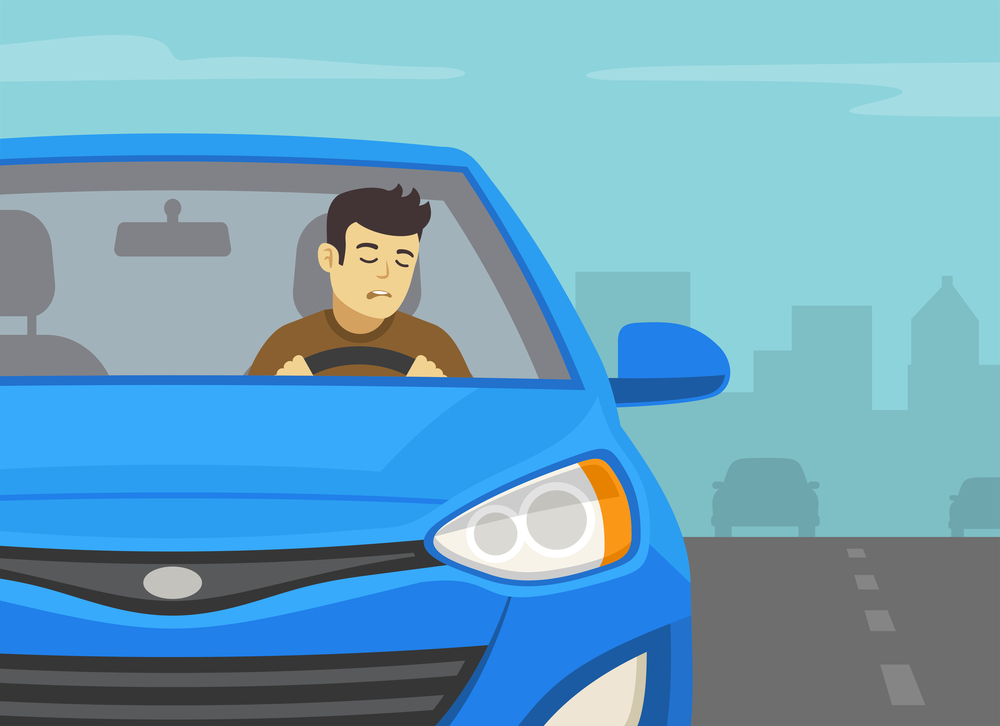Cannabis-impaired driving on the rise
Share
Share

A recent survey from CAA South Central Ontario found a concerning trend: As cannabis use increases across the province, so does the number of impaired drivers on Ontario roads.
According to the study, 53 per cent of Ontario drivers have tried cannabis, a 14 per cent increase from last year, with 19 per cent admitting to having consumed cannabis and driven — a rise of five per cent.
“This data shows us that the popularity of cannabis has subsequently resulted in more impaired driving,” says Michael Stewart, Community Relations Consultant for CAA SCO. “Cannabis can be safely consumed recreationally, but never when behind the wheel.”
Despite increased awareness about the risks of impaired driving, the survey reveals troubling behaviours among cannabis users:
The survey also highlighted a perception gap about the dangers of cannabis compared to other substances. While 91 per cent of Ontario drivers agree that cannabis-impaired driving is a serious risk to road safety, it’s still viewed as less dangerous than alcohol (95 per cent) or illegal narcotics and opioids (93 per cent).
“There is often a misconception on the effects cannabis can have on a driver,” Stewart explained. “It has been proven that driving impaired can greatly impact reaction time, coordination, and decision-making, just as alcohol does.”
Drivers who admitted to driving after cannabis use often cited rationalizations such as:
Leave a Reply